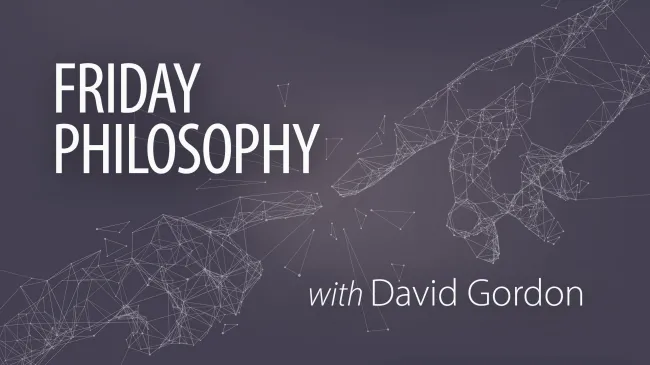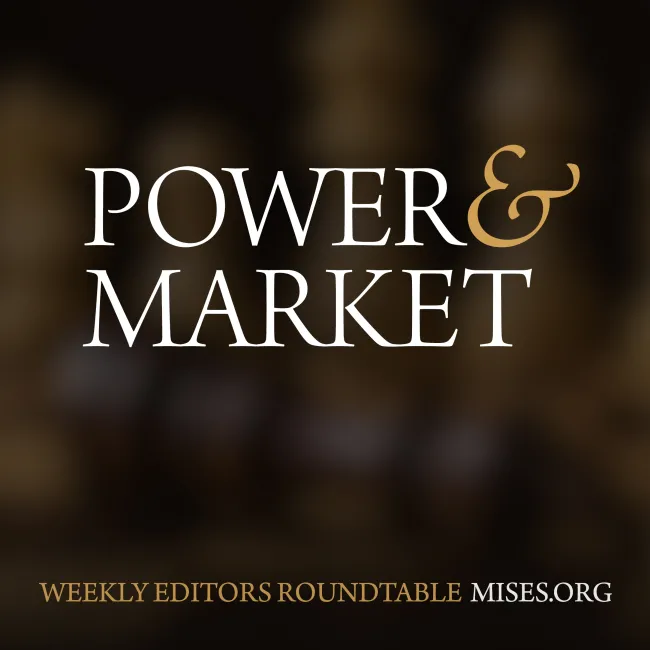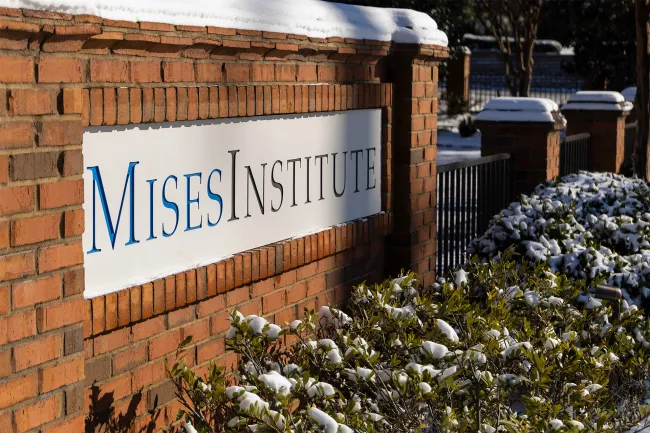

Jürgen Habermas: The Philosopher as Marxist Propagandist

Revolutionary Inflation: A Threat to the Cause of Independence

The CBO Isn’t Allowed to Forecast an Inflationary Debt Crisis

Are Pro-Natalists the Real Malthusians?

Why Is Every Natural Disaster Being Politicized?

The Bid-Ask Spread in Housing and “Pulte’s Law”

A Comprehensive Case for Ending the Fed
Bob dismantles the arguments supporting the Federal Reserve and presents a clear strategy for its abolition and replacement.

Who Invented Money?
The origination of money is a ground shaking, mind altering realization of how the world works.

More War and No Epstein Files: MAGA’s Rough Few Weeks
The P&M group discusses Trump’s reversals, capitulations, and outright failures to fulfill popular campaign promises, and what Trump supporters should take away from all this.

Essays in Austrian Economics: Honoring Joe Salerno
Bob Murphy and David Howden explore essays honoring Joe Salerno, revealing how a new generation of Austrian economists is shaping the future of economic thought.
Virtual Mises University is the online counterpart to the Mises University conference and can be attended by anyone.
Mises University is the world's leading instructional program in the Austrian School of economics.
Join us for Supporters Summit 2025 in Delray Beach, Florida, to discuss "Making America Free Again."
This fall, students from across the US are participating in Mises Book Clubs led by scholars at various universities and colleges. These student groups promote deep reading in Austrian economics.












